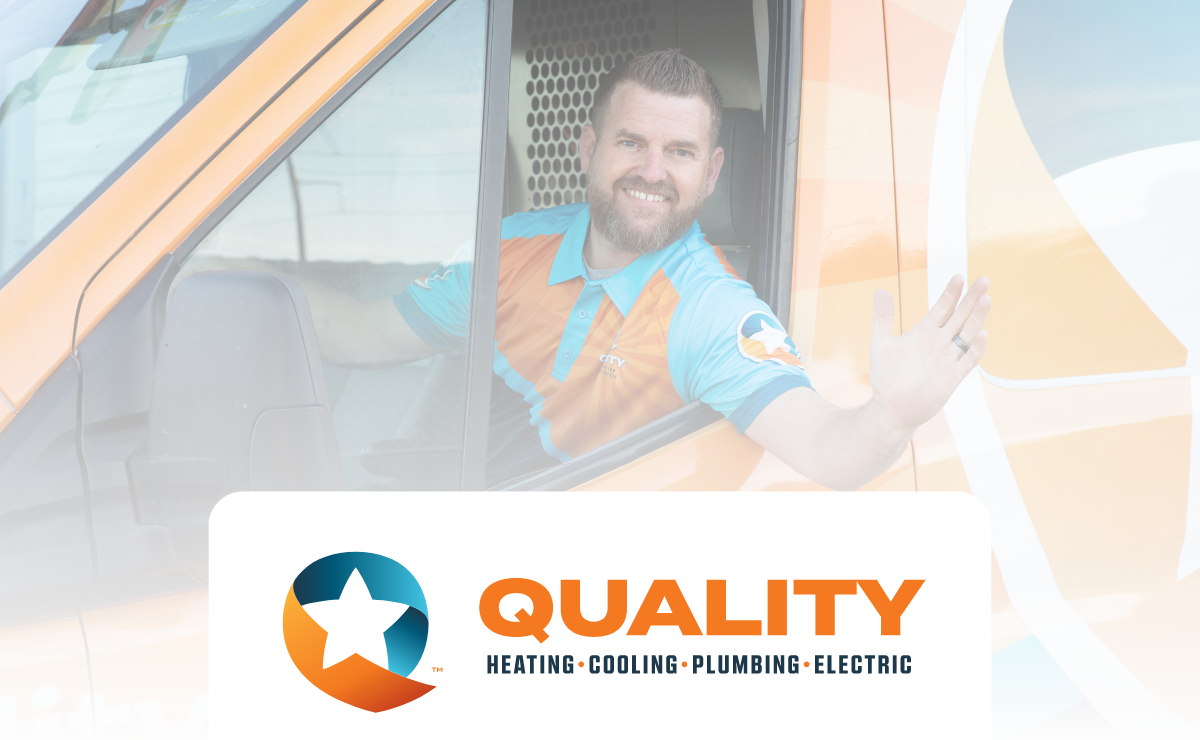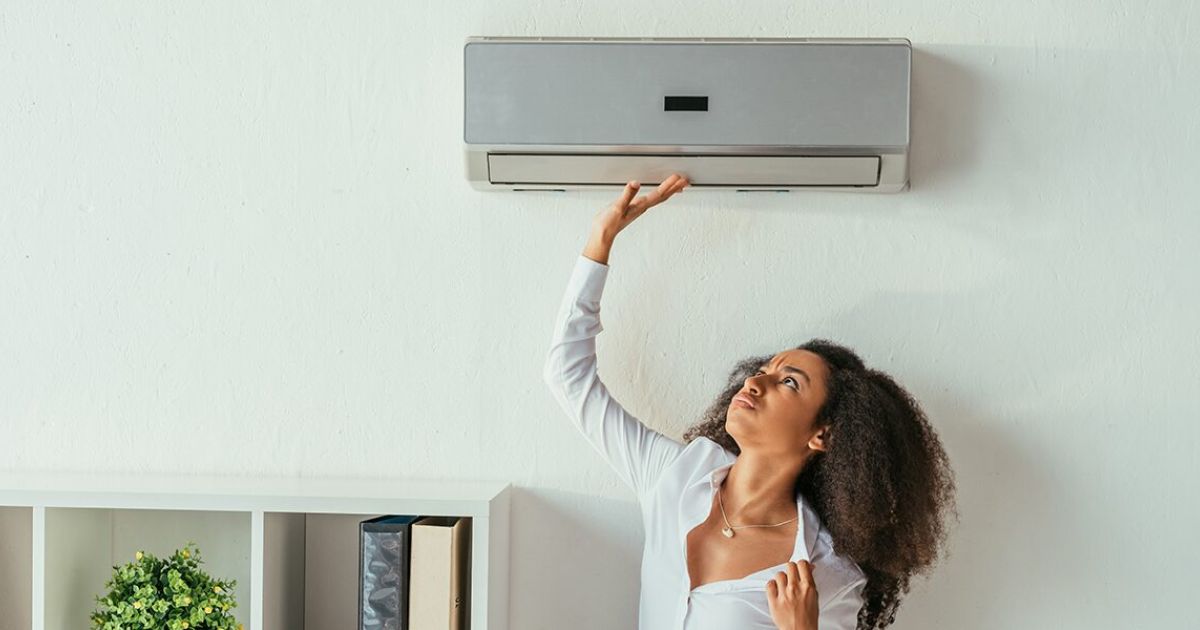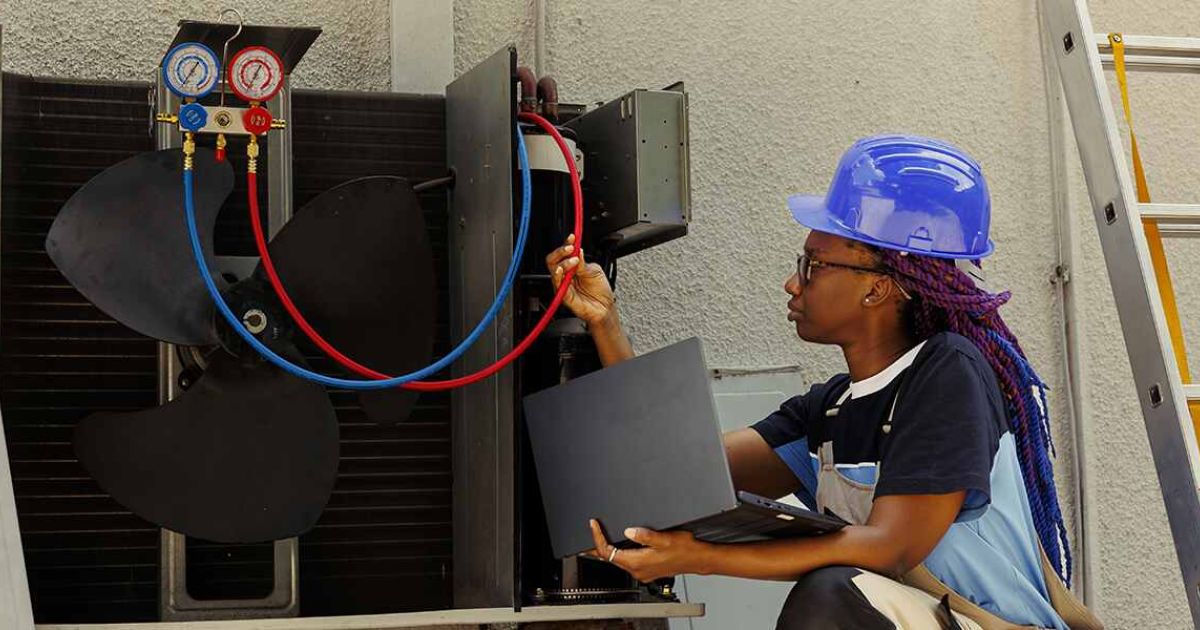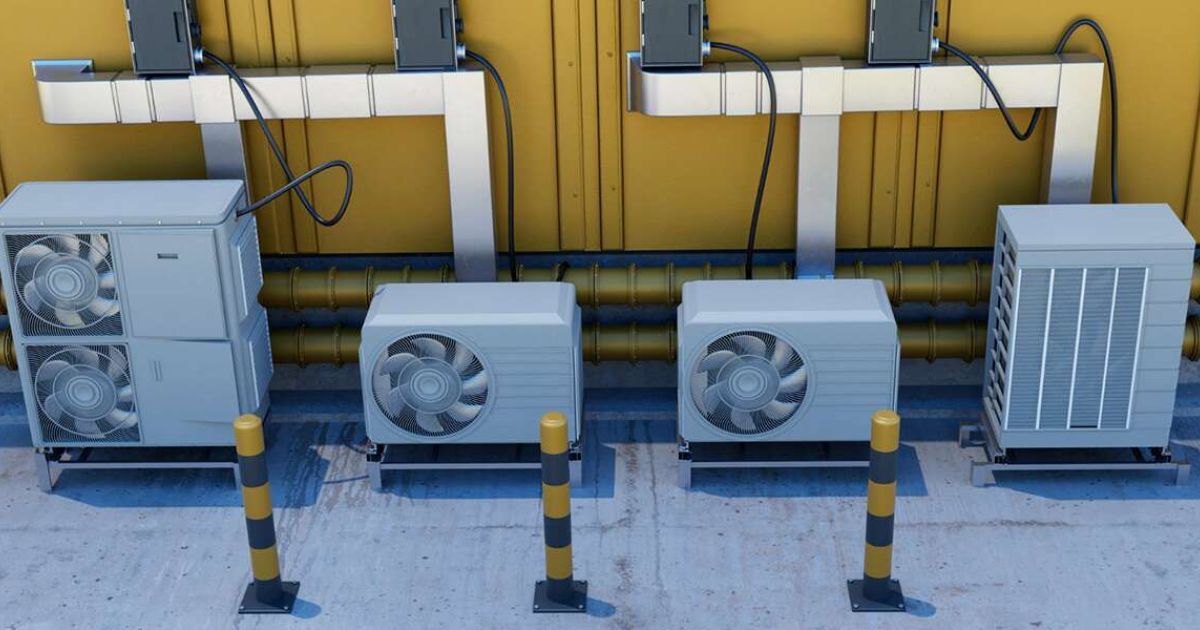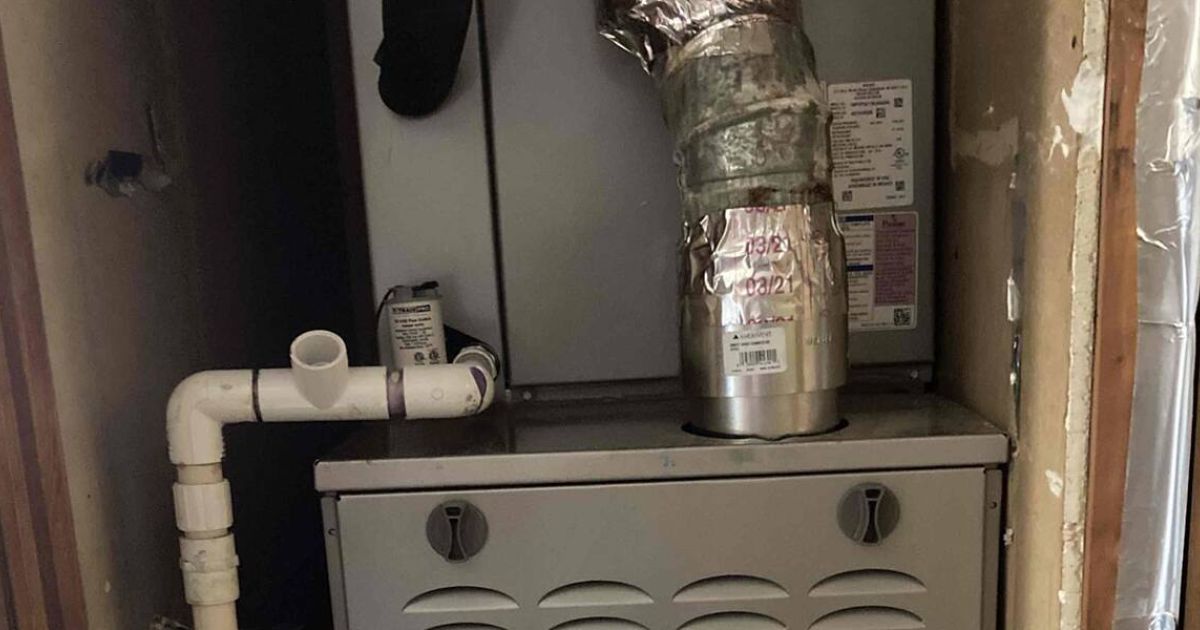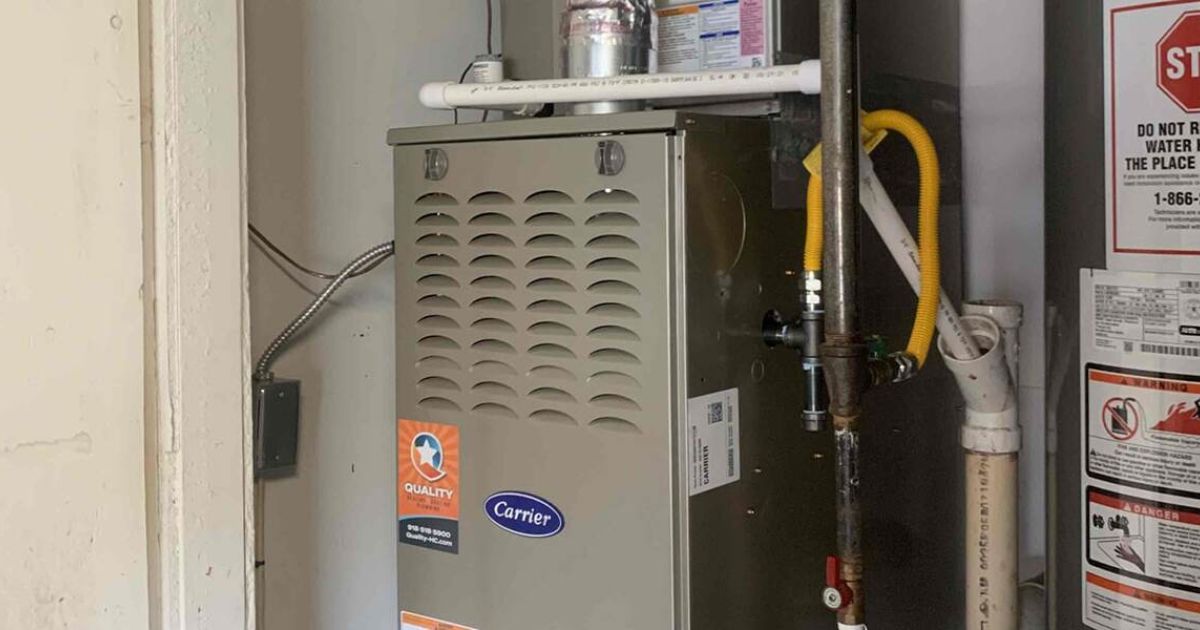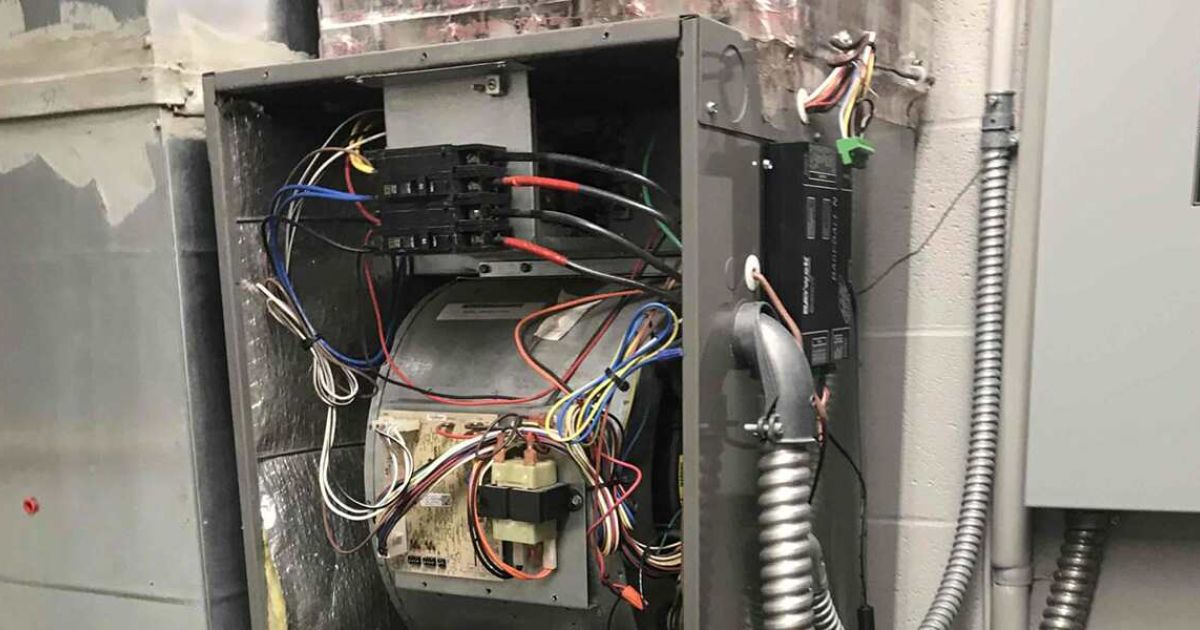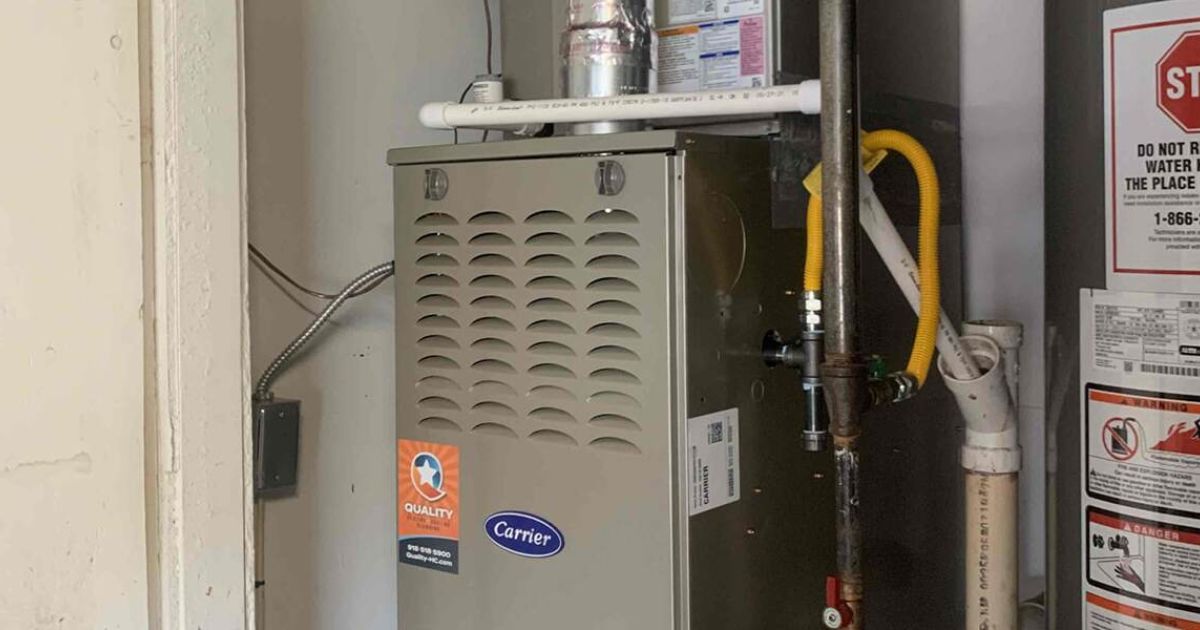
HVAC systems serve as one of the most essential features of any home, office, or commercial space. However, when choosing a system, many prospective buyers don’t realize how many options are available.
Without the right information, choosing between common HVAC systems could be stressful. With these decisions, it’s most important to prioritize your space’s needs and consider how you want to use your system. Our guide to the seven common HVAC systems can help you decide what is best for you.
Call the top-rated heating and cooling company in Tulsa when you’re ready to install your new HVAC system. Whether you need help choosing between different types of air conditioners or require maintenance on your current system, call Quality Heating, Cooling & Plumbing.
Ducted vs. Ductless Systems
Before diving into the different types of heating and cooling systems, it’s important to understand the difference between ducted and ductless systems. Simply put, a ducted system distributes air throughout a space with vents and ductwork integrated into the framework of the property. These systems typically require installation during a building’s construction.
Ductless HVAC systems come in many different forms. However, the main feature is that these units typically serve only one or a couple of spaces. Ductless HVAC systems usually fit spaces that require more temperature control flexibility.
#1: Split System
Split systems are one of the most common HVAC varieties. These ducted systems have split components for heating and cooling, which users can control with one centralized thermostat.
In most cases, the cooling component depends on an outdoor condenser unit while the heating comes from a furnace or gas heater hidden in a basement or closet space. These HVAC system types allow for high levels of heating and cooling control to keep temperatures consistent throughout the building.
Some of the pros include:
- Centralized system
- High-level heating and cooling control
- Keeps temperatures consistent
- Controlled on one thermostat
Some cons include:
- Higher maintenance needs
- More expensive to install
- Provides less flexibility
#2: Hybrid Split System
Another one of the most common HVAC systems is the hybrid split system. Like split systems, hybrid split systems have different heating and cooling components that distribute air through ductwork and vents.
The main difference between these HVAC system types is the heating source. While hybrid split systems may still utilize gas for heat, they also have backup electric options to sustain heating and reduce energy costs.
Some pros include:
- Centralized temperature control
- Distributed through ductwork
- Offers gas and electric heating
Some cons include:
- Higher upfront costs
- Increased maintenance needs
- Less temperature control flexibility
#3: Packaged Systems
Packaged heating and cooling systems provide a more compact and less expensive way of delivering temperature control to your space. These systems house the heating and cooling components in the same unit, connecting them to a building’s supply and return ducts. Offering lower costs, maintenance, and space needs, a packaged system might be the perfect fit for your small space.
This system has several pros, including:
- Lower upfront costs
- Lower maintenance needs
- Centrally sourced heating and air
But there are a few drawbacks:
- Somewhat less powerful than split systems
- Not suitable for large spaces
#4: Zoned HVAC Systems
Zoned HVAC systems provide the highest degree of temperature control among the ducted configurations. These common HVAC systems function like split systems but allow users to vary the temperature in different zones.
People who choose these systems can also decide how they want to zone the HVAC unit. Zoning flexibility allows users to group together certain rooms, maintain different comfort levels, and save energy.
These systems offer:
- Centrally sourced heating and cooling
- Increased temperature flexibility
- Energy savings
- Zoning flexibility
But they also have:
- Higher upfront costs
- Higher maintenance needs
#5: Portable Spot Coolers and Heaters
Among the ductless HVAC system options, portable spot coolers and heaters offer the most flexibility and cheapest operation. Portable spot coolers and heaters are units that users can move throughout their space at different times to provide heating or cooling to one area.
Most spot coolers and heaters operate from electrical power and have wheels so they can move around any space. Regardless of this flexibility, the system still requires a safe output area for the exhaust created during heating and cooling production.
These systems have:
- Portable heating and cooling
- Lower costs
- Lower energy use
However, they have some cons:
- Only cools or heats one space at a time
- Requires exhaust area
#6: Window AC Units
These air conditioners typically screw into the framework of a window and cool indoor air in one space. Cheap and simple to install, window AC units are ideal for smaller apartments and single offices.
These units are:
- Flexible
- Easy to install
- Cost-effective
However, they have some drawbacks:
- Cools one space
- Less powerful unit
- Provides only cooling
#7: Duct-Free Mini-Split
Duct-free mini-split systems also eliminate ductwork while providing excellent temperature control within a space. You might have seen duct-free mini-split air conditioners if you have ever encountered a wall unit.
These systems cool individual rooms, providing high temperature control flexibility. Furthermore, duct-free mini-splits reduce energy costs over time and provide significant savings.
These systems offer:
- Flexible cooling
- Energy savings over time
- Excellent cooling for individual spaces
But they also:
- Are less far-reaching
- Have expensive installation
- Still require some outdoor components
Choosing the Right System for Your Space
Even after understanding the HVAC systems available, you might struggle to select the best unit. Consult professionals from Quality Heating, Cooling & Plumbing for help choosing between the common HVAC systems. Our professionals can inspect your space and identify the best option.
Receive Expert HVAC Advice and Service From Quality Heating, Cooling & Plumbing
Experts from Quality Heating, Cooling & Plumbing can balance your HVAC system and optimize your indoor comfort. At Quality Heating, Cooling & Plumbing, we believe that everyone deserves excellent HVAC services to keep their space comfortable. Explore our financing options to get the service you need with a payment plan that aligns with your financial situation.
For more information about which of the common HVAC systems is right for your space, call (918) 276-7151 and consult professionals from Quality Heating, Cooling & Plumbing.

Cassie Pound is the Vice President of Quality Heating, Cooling, Plumbing & Electric with locations in Tulsa, Glenpool, and Bartlesville, Oklahoma.

